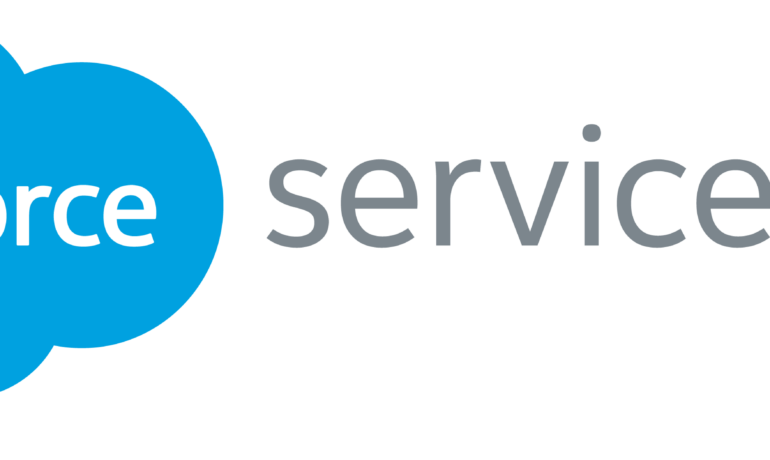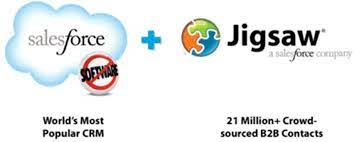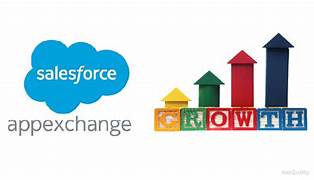Health Cloud Brings Healthcare Transformation
Following swiftly after last week’s successful launch of Financial Services Cloud, Salesforce has announced the second installment in its series of industry clouds: Salesforce Health Cloud. This new cloud CRM offering aims to become a catalyst for positive change in the healthcare industry, shifting focus from traditional critical care to a more holistic patient-centric approach. Salesforce identifies a gap in existing systems, which are heavily centered around electronic medical record (EMR) systems designed primarily for billing rather than comprehensive patient care. Health Cloud Brings Healthcare Transformation by bringing a patient-focused tool kit to medical care. Industry Transformation The healthcare sector is reorienting itself around health outcomes rather than billing outcomes. Joshua Newman, a former primary care doctor and current Chief Medical Officer and General Manager of Salesforce Health Care and Life Sciences, elaborated on this transformation in a recent blog post: “Because of the Affordable Care Act and new outcome-based reimbursements, healthcare providers are treating patients like customers for the first time. This shift is beneficial for patients as it places patient relationships — not records or revenue-cycle management systems — at the center of care delivery.” This shift is echoed by industry leaders like Jeroen Tas, CEO of Philips Healthcare Informatics Solutions and Services, who described the transformation in healthcare as connecting previously unlinked data to make it actionable and improve patient outcomes. Key Components of Salesforce Health Cloud Set to be available from February 2016, Salesforce Health Cloud is built on the Salesforce Service Cloud platform and includes: How Health Cloud Brings Healthcare Transformation Building on Experience Health Cloud benefits from having a qualified physician at the helm, enhancing its industry relevance. Salesforce has leveraged the experience of long-term health customers such as Centura Health, DJO Global, Radboud University Medical Center, and the University of California, San Francisco, in designing the solution. Exploiting Scale Salesforce is targeting its industry cloud solutions at volume market opportunities, aiming for solutions that both clinicians and patients can interact with. This aligns with the broader strategy outlined in the Financial Services Cloud launch. Working with Partners Pre-built integrations into EMR and other data sources are key components of the Healthcare Cloud, facilitated by ecosystem integration partners Mulesoft and Persistent Systems. Philips provides connectivity to medical devices and applications leveraging its HealthSuite digital platform. Integration partners are delivering services for implementation, connectivity, and content management. Showcasing the Platform Salesforce is emphasizing the proactive approach to healthcare demanded by a new generation of ‘digital native’ consumers. Research indicates that 71% of millennials want doctors to provide a mobile app for health management, and 63% are interested in sharing data from wearables with their doctors. However, getting healthcare professionals to adopt new technologies like Chatter is a significant step forward, as noted by Newman. Health Cloud Brings Healthcare Transformation The rapid succession of industry cloud announcements from Salesforce suggests that the public sector and life sciences clouds might also debut before Dreamforce, which starts in two weeks. Both the Health Cloud and Financial Services Cloud signify Salesforce’s commitment to driving substantial transformations in their respective industries. These initiatives represent big bets on radical change rather than incremental improvements, positioning Salesforce as a key player in the ongoing evolution of industry-specific cloud solutions. Learning that your industry is targeted by a Salesforce industry cloud can be likened to the traditional Chinese curse of living in interesting times, signaling impending significant changes. Like1 Related Posts Salesforce OEM AppExchange Expanding its reach beyond CRM, Salesforce.com has launched a new service called AppExchange OEM Edition, aimed at non-CRM service providers. Read more The Salesforce Story In Marc Benioff’s own words How did salesforce.com grow from a start up in a rented apartment into the world’s Read more Salesforce Jigsaw Salesforce.com, a prominent figure in cloud computing, has finalized a deal to acquire Jigsaw, a wiki-style business contact database, for Read more Service Cloud with AI-Driven Intelligence Salesforce Enhances Service Cloud with AI-Driven Intelligence Engine Data science and analytics are rapidly becoming standard features in enterprise applications, Read more









